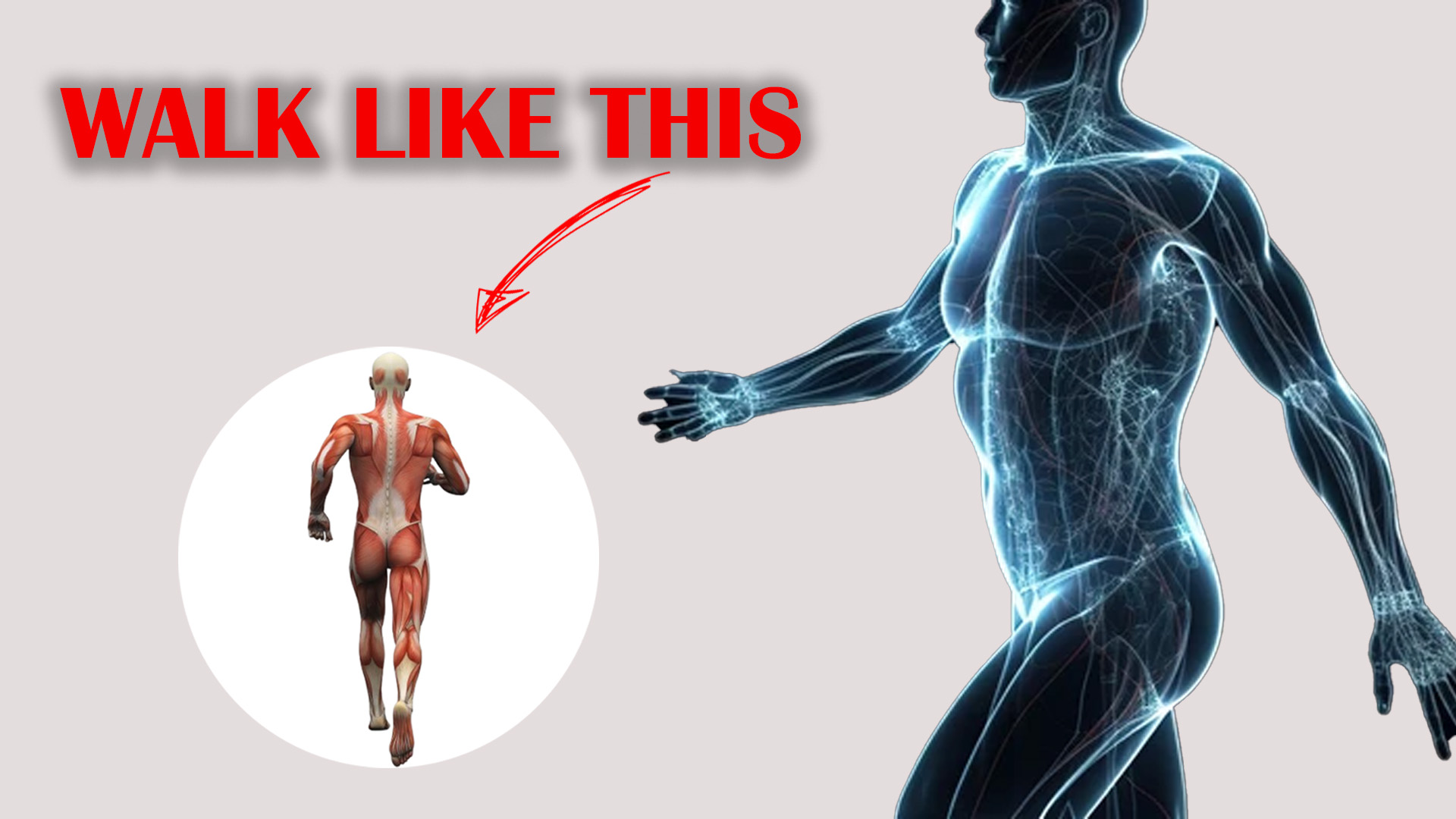Walking is one of the easiest and most effective forms of exercise for improving fitness and burning calories. But did you know that just changing the angle of your walk — by walking on an incline — can help you burn up to 70% more calories than walking on a flat surface?
You can perform this exercise on a treadmill with an incline or by walking uphill outdoors.
In this video, I will break down how many calories you can burn walking on a flat surface versus walking on an incline or uphill, and explore the benefits of incorporating incline walking into your routine so that you can make your weight loss journey faster.
Flat Vs. Incline Walking
Incline walking burns 50-60% more calories than flat walking. In just 30 minutes, a 155 lb person can burn 225 calories on a 5% incline versus 150 calories on flat ground. The steeper the incline, the more calories you burn — up to 70% more at 10% incline.
Incline walking also targets more muscles: glutes, hamstrings, and core. This leads to better toning and a higher metabolism.
Incline/Uphill Walking
When you walk on an incline or uphill, your body recruits more muscles—including your glutes, hamstrings, quads, and core—all of which require more energy, leading to increased calorie burn.
The incline also boosts your cardiovascular activity, forcing your heart to pump more blood to fuel the muscles, which in turn revs up your metabolism.
This higher intensity means you’ll burn more calories in less time.
And the best part? After your workout, your body continues to burn extra calories as it works to recover from the increased effort.
A 2014 study found that incline walking reduces joint pain and benefits knee surgery patients, obese individuals, and older adults. It offers a low-impact workout that strengthens muscles, boosts cardiovascular health, and minimizes joint stress, making it an ideal exercise for these groups.
While brisk walking is often recommended for obese individuals, research found that walking slowly uphill at a moderate incline is more beneficial. Compared to faster, level walking, it reduces joint stress and muscle strain while still providing a good cardiovascular workout and lowering the risk of injury.
You can do incline walking on a treadmill or walk uphill outdoors, whichever is more convenient.
However, if possible, I recommend taking a walk in nature on a hill.
Research shows that heart rate and oxygen consumption are higher during outdoor uphill walking compared to treadmill incline walking.
Safety Precaution for Incline/Uphill Walking
It is great for improving strength and cardiovascular fitness, but it also comes with some unique challenges and safety considerations. Follow these to prevent all the risks.
Warm Up Properly
To make your body flexible for incline walking, you should do some jogging, marching, back-kicking exercises, front-kicking exercises, hand-in-the-air exercises, and some free-hand squats. Make sure a least 5 to 10 minutes warm up. This will prepare your muscles, joints, and cardiovascular system for incline walking.
Start slowly
If you’re using a machine, start with a low incline, around 1% to 4%, and gradually increase it as you become more comfortable. Increase the incline day by day as your body adapts.
For outdoor uphill walking, choose a route with a smoother, less rugged surface to reduce the risk of injury and make the walk more comfortable.
Use proper footwear
Always wear sturdy, supportive shoes with a good grip to prevent slips and blisters. It’s important to note that running shoes with proper arch support are a great choice for incline or uphill walking.
Maintain proper posture
Keep your chest up and shoulders back. Engage your core and avoid overextending your stride, as this can place unnecessary stress on your knees and hips.
Mind your foot placement
Mind your foot placement, especially if the ground is uneven. When walking outdoors, be cautious of rocks, tree roots, or loose gravel, as they can be hazardous. Focus on finding solid footing.
Stay hydrated
Uphill walking increases your heart rate and can lead to fluid loss, so be sure to drink water regularly, particularly on longer walks or during hot weather.
Listen to your body
Pay attention to how your body feels. If you start feeling dizzy, excessively fatigued, or experience joint pain, stop and rest. Uphill walking can put extra stress on your cardiovascular system, so it’s important to avoid pushing yourself too hard, especially if you have any underlying health conditions.
Avoid walking in extreme weather
If you’re walking outdoors, try to avoid inclines during extreme weather conditions, such as intense heat, heavy rain, or snow. These conditions can increase the risk of dehydration, heat exhaustion, or slipping on wet surfaces.
Take rest
After completing an incline walk, take the time to cool down with 5-10 minutes of gentle walking on flat ground. This helps your heart rate return to normal and reduces muscle stiffness.
